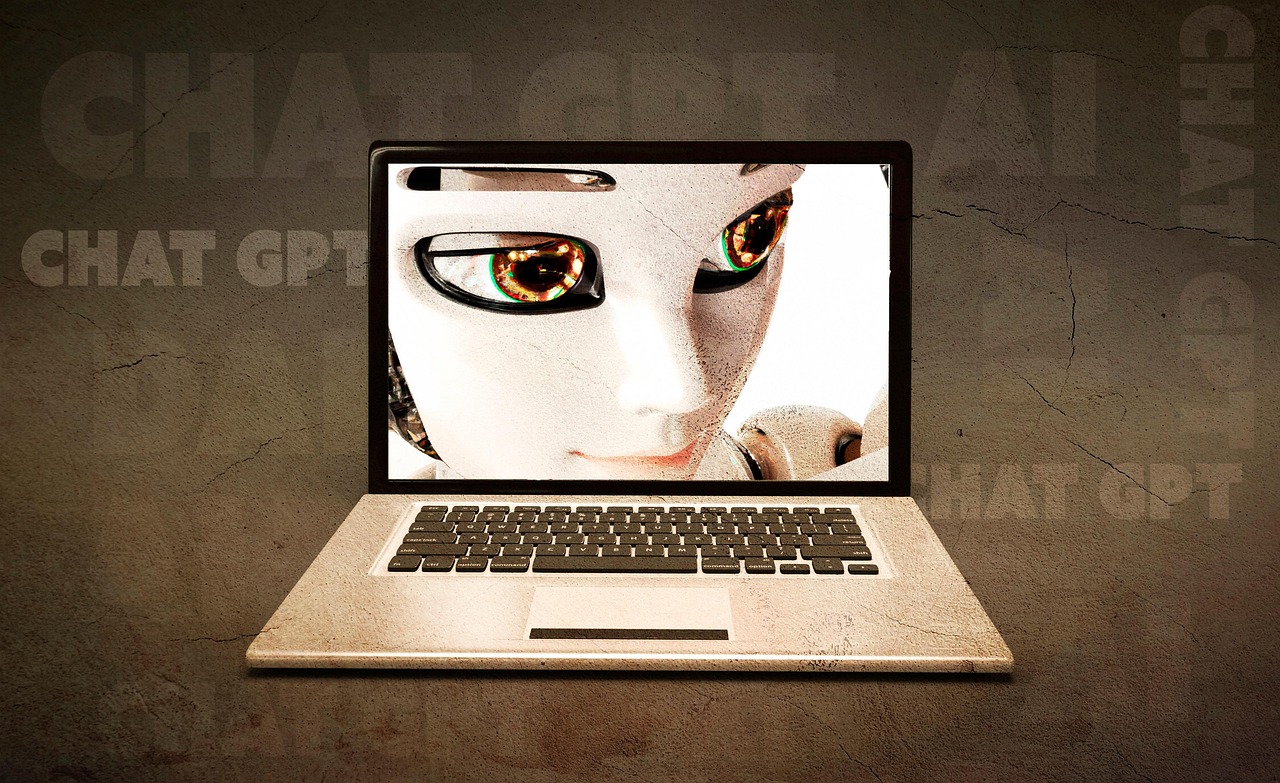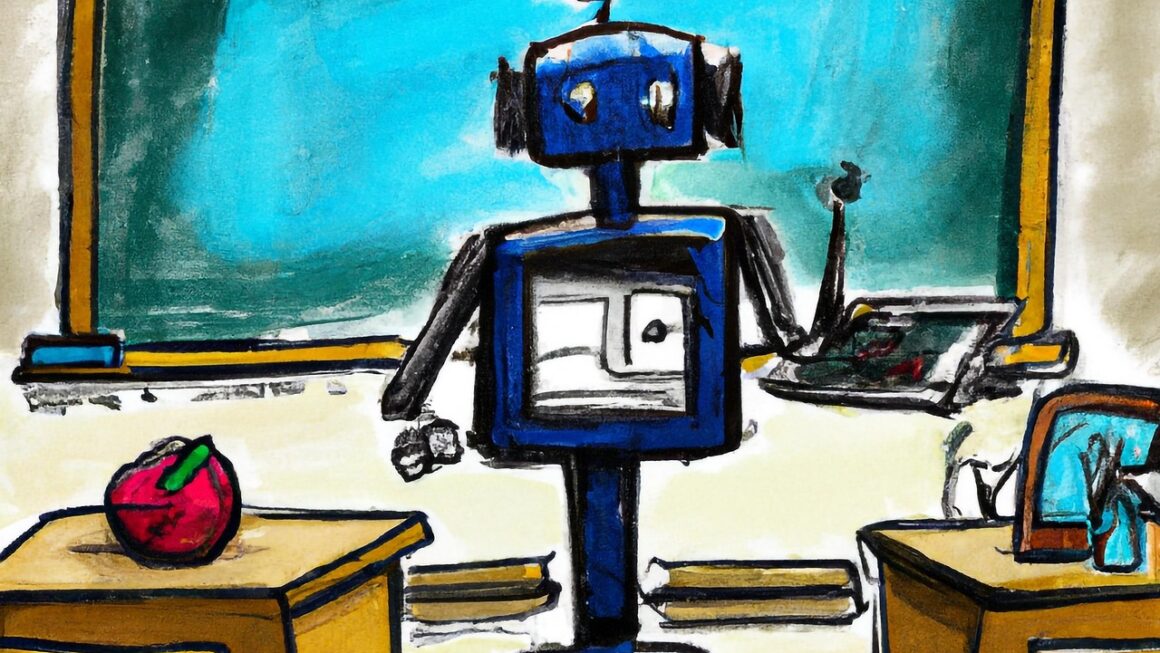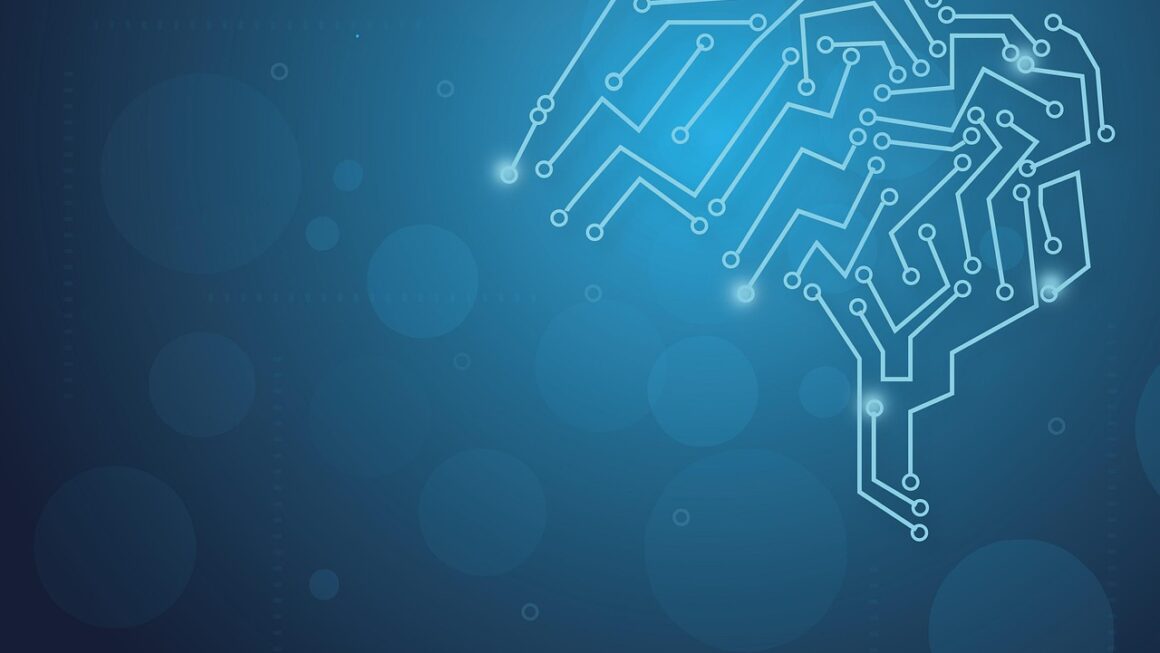OpenAI has rapidly transformed the landscape of artificial intelligence, moving from a research lab to a major force shaping how we interact with technology. From powering innovative applications to sparking ethical debates about the future, OpenAI’s contributions are undeniable. This post will explore the key aspects of OpenAI, its groundbreaking achievements, and its impact on various industries.
What is OpenAI?
Origins and Mission
OpenAI, founded in December 2015 by Elon Musk, Sam Altman, and others, started as a non-profit artificial intelligence research company. Its core mission is to ensure that artificial general intelligence (AGI) benefits all of humanity. AGI refers to a hypothetical level of AI that can understand, learn, and apply knowledge across a wide range of tasks, similar to a human. In 2019, OpenAI transitioned to a “capped-profit” model to attract investment and further develop its research and development efforts. This structure allows investors to earn a capped return, ensuring the primary focus remains on OpenAI’s mission.
Key People
- Sam Altman (CEO): Leads the overall strategy and direction of OpenAI.
- Greg Brockman (President & CTO): Oversees the technical development and research at OpenAI.
- Ilya Sutskever (Chief Scientist): Guides the research direction of OpenAI, particularly focusing on deep learning advancements.
Funding and Partnerships
OpenAI has received substantial funding from various sources, including Microsoft, Khosla Ventures, and Reid Hoffman Foundation. The strategic partnership with Microsoft is particularly significant, providing OpenAI with access to Azure’s cloud computing infrastructure and resources necessary to train large AI models. These partnerships enable OpenAI to scale its operations and accelerate its research efforts.
Groundbreaking AI Models
GPT Models: Revolutionizing Language Understanding
The Generative Pre-trained Transformer (GPT) series of models, including GPT-3, GPT-3.5, and GPT-4, have significantly advanced natural language processing (NLP). These models are trained on massive datasets of text and code, allowing them to generate human-quality text, translate languages, write different kinds of creative content, and answer your questions in an informative way.
- GPT-3: Released in 2020, GPT-3 demonstrated remarkable capabilities in generating creative text formats, like poems, code, scripts, musical pieces, email, letters, etc. It has 175 billion parameters and requires significant computational resources to operate.
Example: GPT-3 can write marketing copy, generate code for a simple website, or even draft emails based on a few keywords.
- GPT-3.5: An iteration of GPT-3, focusing on improved accuracy and safety. It served as the foundation for many early ChatGPT versions.
- GPT-4: Launched in 2023, GPT-4 is a multimodal model, meaning it can process both text and image inputs. It exhibits even more advanced reasoning capabilities and can handle more complex tasks than its predecessors.
Example: GPT-4 can summarize a website from a screenshot or generate a recipe from a photo of ingredients.
DALL-E and Image Generation
DALL-E and DALL-E 2 are AI models that generate images from textual descriptions, also known as prompts. They showcase the power of AI in creative applications and have opened up new possibilities for digital art and content creation.
- DALL-E: The initial version of DALL-E demonstrated the potential of text-to-image generation.
- DALL-E 2: Offers higher resolution images, more realistic outputs, and a better understanding of complex prompts. It allows users to edit existing images and create variations of images based on a reference image.
Example: A prompt like “A corgi riding a motorcycle through a cyberpunk city” can be used to generate a unique and imaginative image.
Codex: AI for Code Generation
Codex is an AI model trained on publicly available source code and natural language. It can translate natural language into code, making it easier for developers to build applications. Codex powers GitHub Copilot, an AI-powered code completion tool.
- GitHub Copilot: Provides real-time code suggestions and completions as developers type, significantly increasing productivity. Studies have shown that Copilot can improve coding speed by up to 55% in some cases.
Example: A developer can write a comment in plain English, describing what the code should do, and Copilot will generate the corresponding code.
Applications Across Industries
Healthcare
OpenAI’s models can be used to accelerate drug discovery, personalize patient care, and improve diagnostic accuracy.
- Drug Discovery: Analyzing large datasets of medical literature and genetic information to identify potential drug targets.
- Personalized Medicine: Developing personalized treatment plans based on a patient’s medical history and genetic profile.
- Diagnostic Assistance: Assisting medical professionals in the diagnosis of diseases by analyzing medical images and patient data.
Education
AI-powered tools can enhance the learning experience, provide personalized feedback, and automate administrative tasks for educators.
- Personalized Learning: Tailoring educational content to individual student needs and learning styles.
- Automated Grading: Automating the grading of assignments and providing feedback to students.
- Virtual Tutors: Providing students with personalized tutoring and support.
Business and Marketing
OpenAI’s models can automate marketing tasks, generate creative content, and improve customer service.
- Content Creation: Generating blog posts, social media updates, and marketing copy.
- Customer Service: Providing 24/7 customer support through chatbots.
- Market Research: Analyzing market trends and customer data to identify opportunities.
Software Development
Codex and GitHub Copilot streamline the software development process, improving efficiency and reducing errors.
- Code Completion: Providing real-time code suggestions and completions.
- Code Generation: Generating code from natural language descriptions.
- Bug Detection: Identifying potential bugs and vulnerabilities in code.
Ethical Considerations and Safety
Bias Mitigation
AI models can perpetuate biases present in the data they are trained on. OpenAI is actively working to mitigate these biases and develop more fair and equitable AI systems. This includes using diverse datasets and developing techniques to detect and correct for bias.
Misinformation and Malicious Use
The ability of AI models to generate realistic text and images raises concerns about the potential for misinformation and malicious use. OpenAI is developing tools and policies to prevent the misuse of its technologies. Watermarking AI-generated content is one potential solution being explored.
Job Displacement
The automation capabilities of AI models raise concerns about job displacement in various industries. It’s crucial to invest in retraining and education programs to help workers adapt to the changing job market. The World Economic Forum estimates that AI could displace 85 million jobs by 2025 but also create 97 million new ones.
AI Safety Research
OpenAI invests heavily in AI safety research to ensure that AI systems are aligned with human values and do not pose a threat to humanity. This research focuses on developing techniques to control and monitor AI systems, as well as preventing unintended consequences.
Conclusion
OpenAI stands at the forefront of AI innovation, driving advancements in natural language processing, image generation, and code creation. Its technologies have the potential to revolutionize various industries, from healthcare and education to business and software development. As AI continues to evolve, it’s crucial to address the ethical considerations and ensure that these powerful tools are used responsibly and for the benefit of humanity. Staying informed about OpenAI’s developments and engaging in the ongoing conversation about AI ethics are essential for navigating the future of this transformative technology.




